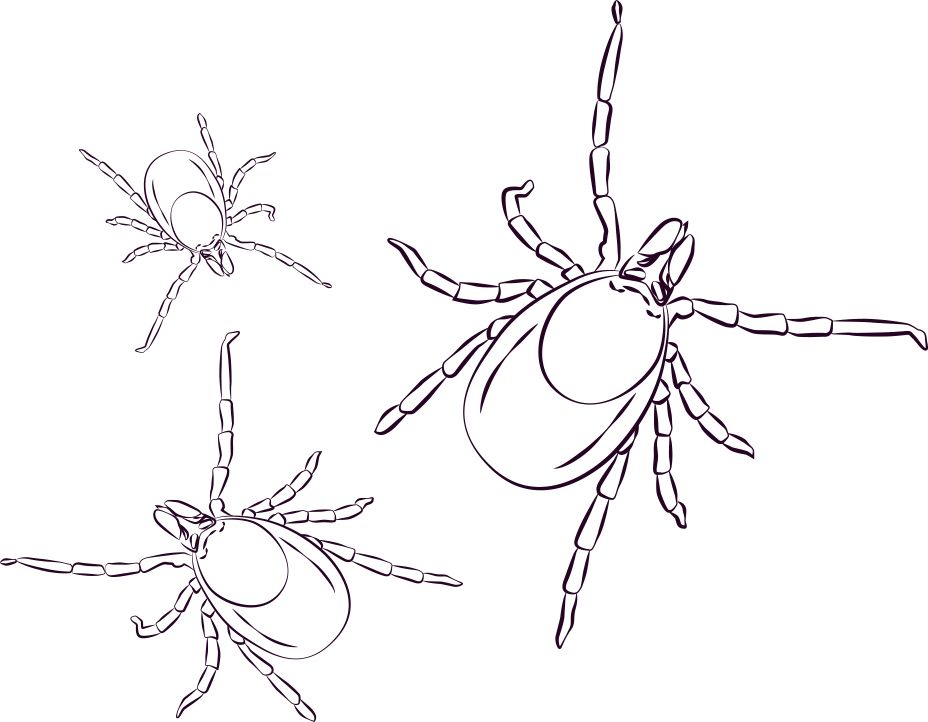
Diagnostics – Therapy – Epidemiology – Entomology - WHO – Traditional medicine
For people – medical doctors, scientists, patients, naturopaths, foundations … for you.
Let´s share our knowledge and experience …
Medicínské centrum Praha s.r.o., VAT ID 250 32 119, Terms and Conditions
Medical Center Prague & BCA-clinic Augsburg
In recent years we have experienced growing numbers of patients with Lyme Disease. This is not only in Europe but from patients attending our clinics from all around the world. There are in fact now indications of such high numbers of infected people that there is a talk of Lyme Disease becoming a new epidemic. It is time for the authorities to recognise and accept Lyme Disease.
Patients from most countries have been seeking help with the treatment and diagnostics of this new and growing medical condition. Partly by chance, but mostly due to a strong commitment to science, immunology, medicine in general, and a devotion to helping sick people, the Medical Center in Prague and the BCA-clinic in Augsburg have been independently striving to improve diagnostics and treatment for this disease. Despite the challenges of various conservative stigmata of some sceptical colleagues, the facts cannot be denied and both clinics have managed to not only survive but have become leaders and pioneers in the treatment and care of Lyme patients.
Our common belief is that a factual scientific and medical approach is long overdue, to learn more about this disease. It is for this reason that we have decided to organise the biggest scientific meeting ever held for Lyme Disease in Europe, at the traditional congress venue in Prague in the heart of Europe, and in one of many “Lyme hotspots” where climate conditions have been so suitable to contributing to Lyme Disease becoming such a real threat.
This conference is intended to be informative where ideas are shared and where up-to-date information about Lyme Disease and co-infections are discussed.
This conference is guaranteed to be a feast for enthusiastic medical doctors, scientists, entomologists, climatologists, epidemiologists, naturopaths, foundations, interested media and of course patients. This is not an event to be missed, please join us to come and share ideas, to learn, to help, and to contribute towards raising awareness of Lyme Disease and to establishing a common testing standard for diagnostics and treatment protocols.
We hope to see you soon in Prague.
Radek & Carsten
 Dr. Radek Klubal |
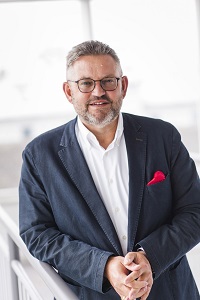 Dr. Carsten Nicolaus |

Prague is one of the most beautiful cities in the world and is a UNESCO monument. Attractions include the Old Town Hall with the famous Prague Astronomical Clock, the Jewish Quarter, the Gothic Charles Bridge and the Church of St. Nicholas in the Lesser Town which is the most beautiful Baroque church in Prague. Other famous sites include the Palace Gardens, Petrin with a tower reminiscent of a small Eiffel Tower, the Prague Castle and sight-seeing cruises on the Vltava. Each of Prague’s districts has its own characteristic atmosphere and unique charm. Prague is a fascinating and romantic city with both an ancient and a modern feel. It is cosmopolitan, unique and used to welcoming visitors.
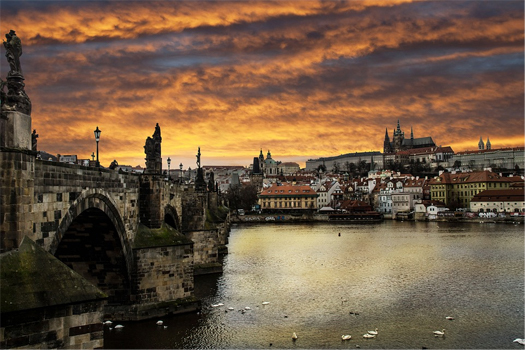

The Prague Congress Centre is a city landmark that has spectacular views of the city. It ranks as one of the most impressive European conference centres, with a capacity for up to 9,300 participants in more than 50 halls, lounges and meeting rooms. The former cultural and social centre known as the Culture Palace, which was opened in 1981, was restored and completed in 2000. Its construction started in 1976 and was a project of architects Mayer, Vanek and Karlik from the Military Designing Institute. The center was previously used for cultural and social events, such as the communist party conventions. In June 2000, the new Prague Congress Centre was opened. Little expense was spared in restoring the center to its former glory and shortly after the opening, the 55th annual meeting of the International Monetary Fund and the World Bank Group was held here. At the time this was a very significant event which was considered a big success with the venue being a strong contributing factor to this.
The Rudolfinum is architecturally one of the most remarkable buildings (Neo-Renaissance) in Prague. It was built from 1876–1884 and designed by architects Josef Zitek and Josef Schulz, when it was conceived as a multi-purpose cultural centre combining exhibition rooms with concert halls. Rudolfinum still fulfils this role in the 21st century.
The Dvorak Prague Festival
The main goal of the Dvorak Prague International Music Festival is to promote the strong reputation of Czech culture via the legacy of the works of Antonin Dvorak. The sole measure of the festival's success is its quality, so only top-class soloists, conductors, orchestras and chamber ensembles come together on the Dvorak Prague concert stages. The main program includes music of the Romantic period, with excursions into the Classical style on the one hand and on the other to indisputable, time-tested works of the twentieth and twenty-first century.
Despite its young age, Dvorak Prague is one of the two most popular classical music festivals in the Czech Republic. The organisers of this event are therefore proud to invite you to this festival to experience a spectacular performance by the pianist Boris Giltburg. This Israeli pianist of Russian origin will present a complete performance of Liszt’s Transcendental Etudes, which is considered to be amongst the greatest challenges for performers in worldwide piano literature today.
Please check out our Registration form for on-line tickets here.
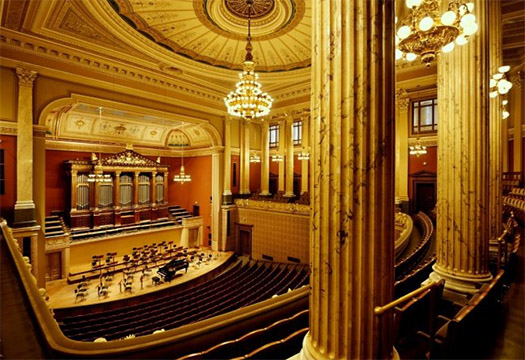
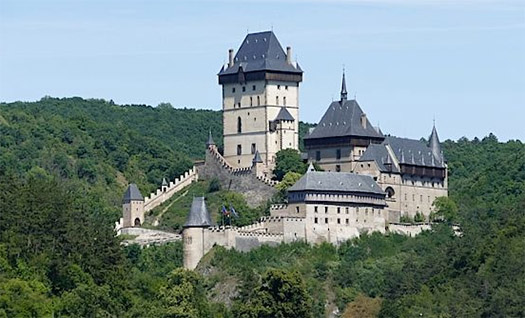
Karlstejn Castle was founded in 1348 by Charles IV, King of Bohemia and the Holy Roman Emperor as his residence and a place for royal treasures, especially collections of holy relics and the Imperial Crown Jewels. The castle was a representative residence of Charles IV and his son Wenceslas IV until 1419. The Castle protected the crown jewels, holy relics, and royal archives until the 17th century. After 1480 the castle was rebuilt in the late Gothic style. In the last quarter of the 16th century, it was rebuilt in Renaissance style. During the last reconstruction, at the end of the 19th century, the castle gained its present appearance.
Over the centuries the castle has always been in hands of the king or a state institution, never in private hands. Today, it is still owned by the state.